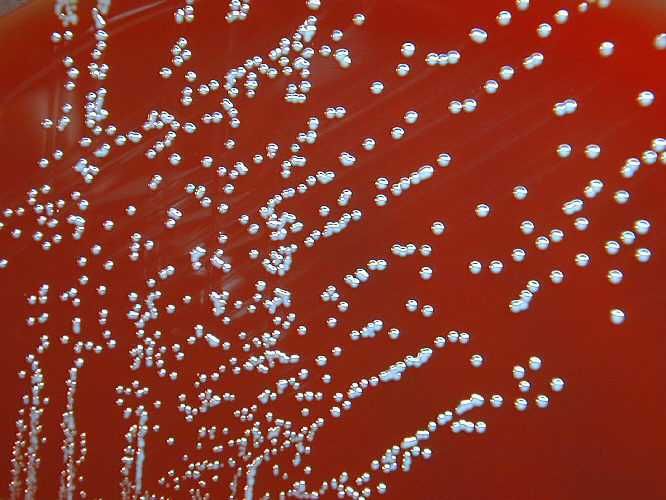The Centre for Health Protection (CHP) of the Department of Health (DH) recorded a total of eight confirmed cases of brucellosis in Hong Kong in 2016, five were classified as locally acquired. One case was imported infection from Mainland China, and the remaining two cases had unclassified importation status as they stayed both in and outside Hong Kong during the incubation period and recalled no definite exposure history.

The eight patient, five women and three men, all required hospitalization and recovered from their illness. The diagnoses of majority of cases (5, 62.5%) were confirmed by isolation of Brucella melitensis from blood culture.The remaining three cases were confirmed by serological testing with paired sera showing four-fold or greater rise in antibody titre against Brucella abortus (2, 25%), and both Brucella melitensis and Brucella abortus (1, 12.5%).
According to the CHP, none of the eight cases belonged to at-risk occupations, such as animal handlers and veterinarians. Regarding the potential sources of infection, three cases had history of handling and consuming high-risk food items; one case had history of preparing and drinking the soup with lamb placenta and lamb meat during the visit to Mainland China but the patient denied consumption of the lamb placenta; and two cases had respectively handled and consumed pig hearts and mutton for several times since three months and two months before the symptom onset.
There was another case that had consumed cooked pig liver and intestines in Mainland China but denied consumption of any other high-risk food both in and outside Hong Kong during the incubation period. The remaining four reported cases had no reported contact with internal organs or carcasses of animals, nor consumption of unpasteurized dairy products, raw or undercooked animal products.
Brucellosis is a contagious disease of animals that also affects humans. The disease is also known as Bang’s Disease. In humans, it’s known as Undulant Fever.
Brucellosis is one of the most serious diseases of livestock, considering the damage done by the infection in animals. Decreased milk production, weight loss, loss of young, infertility, and lameness are some of the affects on animals.
The Brucella species are named for their primary hosts: Brucella melitensis is found mostly is goats,sheep and camels, B. abortus is a pathogen of cattle, B. suis is found primarily in swine and B. canis is found in dogs.
There are two common ways people get infected with brucellosis. First, individuals that work with infected animals that have not been vaccinated against brucellosis. This would include farmers, slaughterhouse workers and veterinarians.
They get infected through direct contact or aerosols produced by the infected animal tissue. B. abortus and B. suis are most common.
The second way is through ingesting unpasteurized dairy products.
Brucellosis is also an occupational hazard to laboratory workers who inappropriately handle specimens or have an accident or spill. Brucella is highly infectious in the aerosolized form.
If someone gets infected with Brucella, the incubation period is about 2-3 weeks, though it could be months. Fever, night sweats, severe headache and body aches and other non-specific symptoms may occur.
Acute and chronic brucellosis can lead to complications in multiple organ systems. The skeletal, central nervous system, respiratory tract, the liver, heart, gastrointestinal and genitourinary tracts can all be affected. Untreated brucellosis has a fatality rate of 5%.
Related:
- Sri Lanka reports 58% dengue increase during 1st two months of 2017
- Western Australia reports 5th meningococcal disease case of 2017
- Tennessee: Bird flu detected in Lincoln County chicken flock
- Iraq: Chemical weapons reportedly used in Mosul, WHO responds
- Food Safety: Steam more effective at removing pathogens on cantaloupes
- Vaccines: 450K deaths in the US prevented thanks to 1962 breakthrough, according to study


One thought on “Hong Kong reported eight brucellosis cases in 2016”